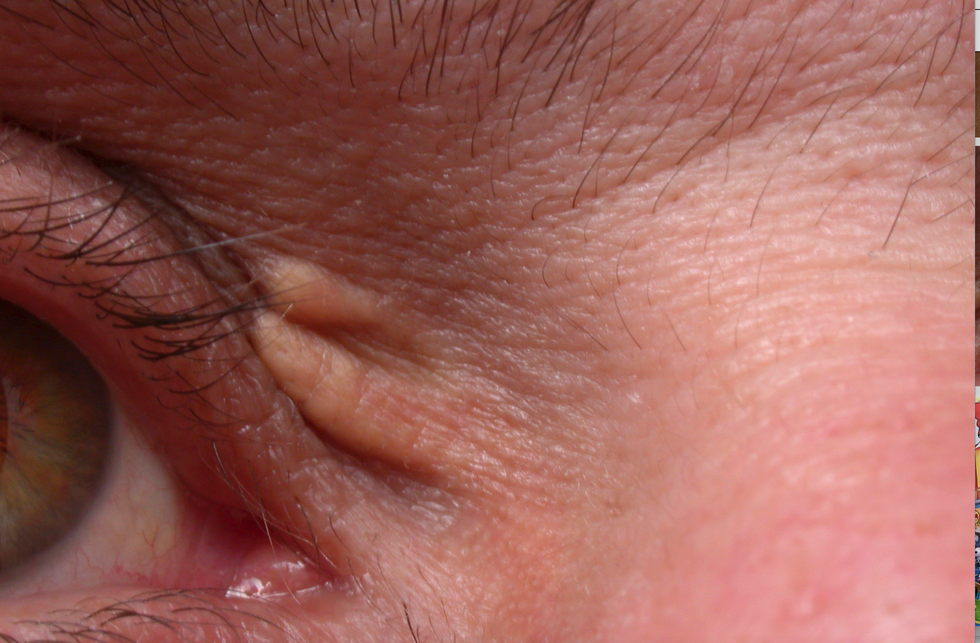Mum was diagnosed with FH after going to her doctor about a mark on her face
Getty Images
A mum-of-two's world was turned upside down during a visit to her local GP
Don't Miss
Most Read
Trending on GB News
A mum was diagnosed with high cholesterol after consulting her doctor about a mark on her face.
Kate thought she had a skin condition under her eyes. But it swiftly transpired that she had xanthelasmata - fatty deposits of cholesterol around her eyes.
The mum-of-two was then diagnosed with familial hypercholesterolaemia (FH) - a hereditary form of cholesterol.
She was given medication and sent home.

Xanthelasmata is a fatty deposit of cholesterol around her eyes
Getty Images
What is FH?
FH is an inherited condition that is passed down through families and is caused by one or more faulty genes.
It means the receptors in your liver are defective. As a result, you don't get rid of cholesterol and it stays in the body.
One of the key warning signs is xanthelasmas.
"These are small lumps of cholesterol that build up in the skin around the bottom of your eye and on your eyelid. They are usually pale yellow in colour," explains the British Heart Foundation.
Kate described the diagnosis as "frightening", telling Heart UK that she shudders to think what would have happened to her if she didn't have any symptoms.
In addition to xanthelasmas, FH can cause:- Tendon xanthomata: This is swelling on your knuckles, knees or your Achilles tendon at the back of your ankle. It's caused by a build-up of excess cholesterol
- Corneal arcus: This is a pale white ring around your iris, the coloured part of your eye. If you’re under 50 years old and have corneal arcus, it's possible that you have FH
After much research, Kate realised the seriousness of the condition - having FH means you’re at risk of getting heart and circulatory disease at an early age if it’s not treated.
LATEST DEVELOPMENTS

The first step to finding out whether you have FH is to visit your GP to have your cholesterol checked
Getty Images
Knowing that FH runs in the family, Kate got her children tested.
Her son Louis was subsequently diagnosed with FH and put on medication and her daughter was being tested at the time of writing.
What to do if you suspect you have FH
The first step to finding out whether you have FH is to visit your GP to have your cholesterol checked, says the BHF, adding that "your doctor will also ask whether you have a history of high cholesterol or heart conditions in your family".
If your results come back high, or if your doctor notices some of the physical signs of FH listed above, they will refer you to a specialist for an assessment, which is likely to include genetic testing, the health body adds.
"The specialist will explain which of your relatives should be checked out, too."








